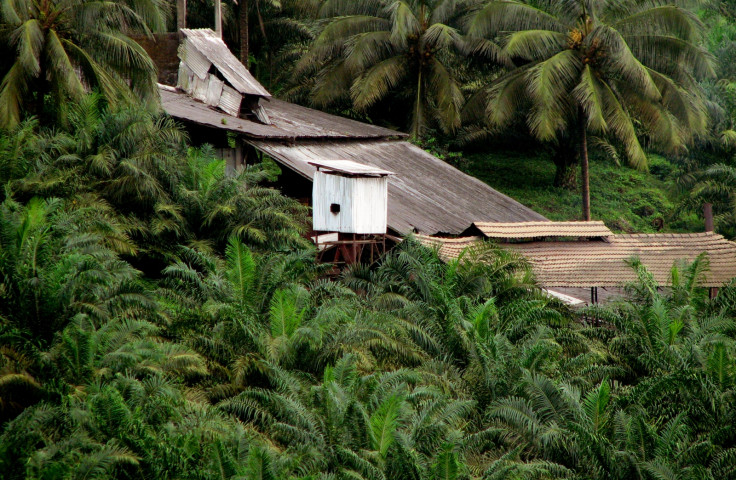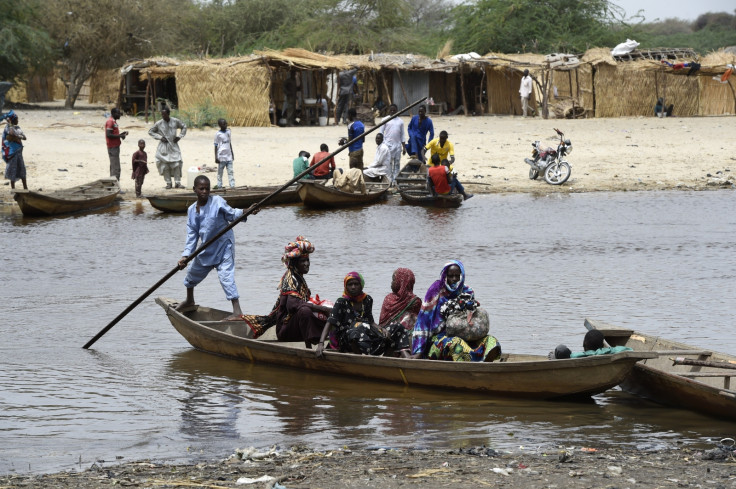Climate change could see Africa's Sahel turn lush and green in our lifetimes
The abrupt transition to a tropical climate would bring its own challenges for Sahel societies.
The emission of greenhouse gases by human activity is set to lead to drought, rising sea levels and flooding in many parts of the world. But in Africa's Sahel region, at the southern edge of the Sahara desert, there could be an upside.
The Sahel is the transition region between the Saharan desert to the north and the savannah landscape to the south, spanning countries including Mauritania, Niger, Chad, Sudan and Eritrea. Since the 1970s and 1980s, it was struck by several periods of severe drought.
This very dry climate could abruptly shift to a much wetter regime, finds a study published in Earth System Dynamics. The transition would happen in a matter of decades once we hit 1.5 to 2C warming above pre-industrial levels, by bringing a tropical monsoon season to the Sahel.
How does it work?
It's a multi-step process that ends up amplifying itself. First, the greenhouse gases – such as carbon dioxide – emitted by human activities lead to a warming of the atmosphere. This in turn warms the oceans, leading to more evaporation of water.
Then, as moisture-rich air passes from the sea over land masses, the vapour condenses into raindrops. This condensation releases heat over the land, which drives stronger winds from the ocean onto land, drawing with it more moisture-rich air.
"This is a self-amplifying feedback. More moisture, more rain, more latent heat released, and this heat is amplifying the circulation as a whole," study author Jacob Schewe of the Potsdam Institute for Climate Impact Research told IBTimes UK.
This mechanism has been understood for a long time, but whether it could happen in the Sahel has only been a suggestion until now. Schewe's study offers the first evidence from complex climate models that it could in fact happen.
Abrupt change
If it does indeed happen, it will be a quick transition. Within a period of years or at most decades, the Sahel could see a strong monsoon season established, promoting the growth of tropical vegetation resembling that of Cameroon or central Nigeria. As we've already passed the 1C warming mark, it probably won't be long before we reach 1.5C, the earliest point at which the switch might happen.
"If it happens, I'm pretty sure we'll see it in our lifetimes," Schewe said.

But this is no reason to weaken the global effort to limit climate change by cutting carbon emissions. Even if we meet the most ambitious target of the Paris Agreement, to limit warming to 1.5C this century, the transformation could still take place, while minimising damage in other parts of the world.
"Even if we manage to curb emissions very soon – which we need to – and cut down emissions in next 10 or 20 years, even then we will very likely exceed 1.5C of global warming," Schewe said. "So that means we could see this transition happening in the next 20 years or so."
This study is not likely to be the final word on if or when the greening of the Sahel will happen, said Mike Hulme, professor of climate and culture at Kings College London, who was not involved in the research.
"Rainfall is notoriously difficult to predict in climate models," Hulme said.
Across 30 different climate models considered, a very abrupt transition to a wetter climate appears in only 7 or 8 of the models. But as an incremental step towards understanding how the Sahel will fare with climate change, Hulme welcomed the findings.
A complex picture
If it does happen as Schewe and his colleagues predict, it could also have unpredictable consequences for the 100 million or so people living in the Sahel. More rainfall in the drought-prone area would be a good thing for many obvious reasons: more water for drinking, washing and irrigating crops and pasture land.

But in place of drought, too much rain could become a new problem.
"There would be new risks in the form of flooding. Or you might have more variable rainfall, with very strong rainfall alternating with very dry periods. That is hard to handle if you don't have storage infrastructure in place, like dams or irrigation. So it could have both positive and negative consequences for society," Schewe said.
Beyond the physical problems of dealing with a lot more worker, the transition could play out in a context of tough social, economic and political conditions that could prevent people from reaping the benefits of a wetter climate, Hulme added.
"We don't know how those impacts will play out unless we also know what else will be happening – will we see the rise of Boko Haram in north-east Nigeria? Will we see introduction of new forms of authoritarian regime in Sudan? How is the agricultural revolution going to play out in the Sahel with respect to genetically modified crops?"
But while the social context of this environmental change might be impossible to predict, on the whole, it is likely to be in the favour of people living in the Sahel, Hulme said.
"I would put my bottom dollar that if you spoke to most people in the Sahel today and said, 'Do you want more rain or less?', most would prefer it to be wetter."
© Copyright IBTimes 2025. All rights reserved.






















